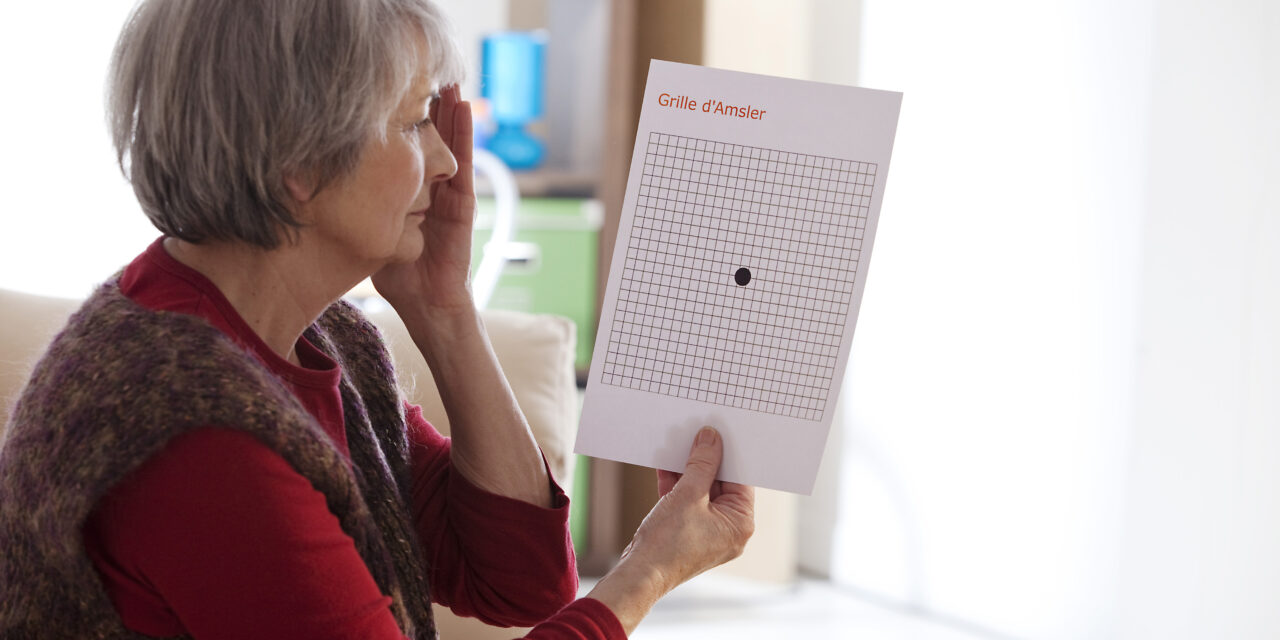By Annette Pinder
The U.S. Food and Drug Administration (FDA) recently approved SYFOVRE™, an injectable medication, and the first and only treatment that can slow the progression of late-stage dry age-related macular degeneration (AMD). Here in Western New York, Dr. John Legarreta of Legarreta Eye Care is the first surgical ophthalmologist to offer SYFOVRE, calling it “the most significant breakthrough in retinal ophthalmology in more than a decade.”
“AMD affects the small area in the retina, called the macula, where there is light-sensitive tissue in the back of the eye. It is where central vision is located, making it possible for you to read, see street signs, and see small details. The rest of the retina is for peripheral or side vision. Damage to the retina is often caused as part of the normal aging process,” explains Dr. Legarreta.
There are two main types or stages of age-related macular degeneration — dry age-related macular degeneration and wet age-related macular degeneration. Dry age-related AMD accounts for about 90% of individuals who have the condition, which progresses from early, to intermediate, and late stages. Prior to SYFOVRE’s approval, there was no effective treatment to stop the progression of the AMD, which is a leading cause of blindness in seniors.
Symptoms of AMD can vary greatly from early stages to late stages. Blurred or distorted central vision is a hallmark sign, which can lead to blurred or darkened vision over time. AMD can also make colors appear less vivid, and lead to an inability to perform precision tasks, such as driving a car or reading a book. Thus, early warning signs include a gradual loss of ability to see objects clearly; gradual loss of color vision; distorted or blurry vision; straight lines that appear bent, crooked, or irregular; a dark or empty area that appears in the center of a person’s vision; and seeing the size of objects differently with each eye.
Diagnosing AMD requires a thorough eye exam in which the retina is examined for tiny yellow deposits known as drusen. The exam might also include viewing a checkerboard-like pattern of straight lines, known as the Amsler grid. If some lines in the Amsler grid look wavy or are missing, it could be an indication of AMD. If your eye doctor suspects that you have AMD, he or she may suggest a series of additional tests, including optical coherence tomography, fundus photography, or fluorescein angiography to detect whether or not you have AMD.
Legarreta Eye Care has three convenient locations: Williamsville (716-633-2203), Lockport (716-433-0091), and Cheektowaga (716-668-3030). Learn more, and book an appointment online at https://legarretaeye.com/age-related-macular-degeneration.
Dr. John Legarreta is a board-certified ophthalmologist providing comprehensive medical and surgical eye care since 2015. A highly skilled and proficient physician and surgeon, Dr. Legarreta holds hospital affiliations at Millard Fillmore Suburban Hospital, Sisters of Charity Hospital, and Lockport Memorial Hospital.












